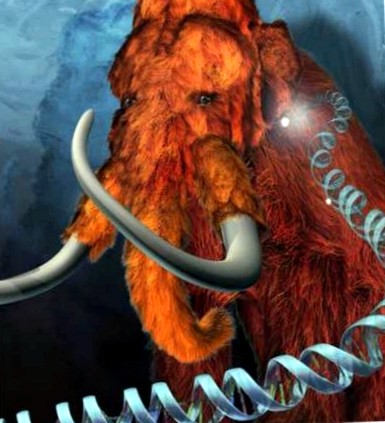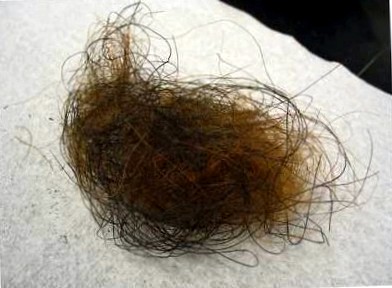Scientists want to sequenced the entire genome of mammuts
Scientists of pennsylvania state university have sequenced with new sequencing machines all the genome of a mammoth, as they report in their article, which appeared in the magazine nature. The basis for this was that well-preserved hair of two mammoths were available, which in the siberian permafrost more than 20.000 or. 60.000 years frozen and so preserved.

Image: exhibitease llc — steven w. Marcus
However, the genetic information was lubrication. In order to form the damaged places, scientists have compared them with the genetic code of the african elephant (loxodonta africana), which should be genetically identical to the mammoths of 99.7 percent. Of the 4.17 billion sequenced base pairs, however, only 3.3 billion could be attributed to the mammoth, which still has a coarse uncertainty about it, to what extent, despite the comparison with the genome of modern elephants, the laughter can be filled and the genetic code can be excluded for example, for example, mushrooms, bacteria or other sources.
Fruhere attempts to sequence the genome of extinct animals had only guided into small amounts of data, says stephan c. Schuster, professor for biochemistry at the penn state university and head of the project: "our data is a hundred times more comprehensive than any other data from extinct animals. This shows that investigations of old dna can be performed just as accurately as the projects of modern genomes."
The scientists act that the mammoth genome about 20.000 genes comprising genome of mitochondria 13 genes. Due to the comparison of the two sequenced genomes, the scientists ame that the mammoths have differentiated 2 million years differentiated in two groups and became two subspecies. One of these subspecies should be about 45.000 years, the other before 10.Be extinct 000 years after the ice age. However, the basis with two sequenced genomes for such statements is quite small. The scientists rely on that the differences can come from that the two mammoths have died at different times. In addition, it is apparent from the sequencing that the mammoths with modern elephants are much more approached than they have previously adopted.

Hairballs of a mammoth. Image: s.C. Shoemaker
Also discovered that the genome of the mammoths contained very few differences. That could, in the view of the scientists, also be a reason why they are so quickly extinct. Sequencing of the genome could provide information about whether the mammoths have become victims of a virus or genetic defect if they were not eradicated by climatic changes or humans.
And of course, with the nevertheless imperfect sequencing, corresponding expectations would be aroused that mammoths could be brought back to life when a reconstructed genome is inserted into an egg cell of elephants and letting them from one. Since such a coarse genome has not yet been producing artificially, one could also, like shoemen, it was possible to modify the genome of an egg cell of an elephant so that it becomes the genome of a mammoth.
And could one create mammoths again, possibly also other extinct species can again produce. One could, of course, also think of the neanderthal, as michael hofradriter writes from max planck institute for evolutionary anthropologies in a bllitizer. Just ask what you want to do with the resurrected mammoths or neandertals? And whether it does not make useful goods, which now still living and endangered animal species, especially the man’s people to save? But technical progress seems more likely to go on the principle of providing replacement for what disappears through him. That will endure the loss better, because nothing seems to be lost and everything could be cloned or a resurrection can be supplied.